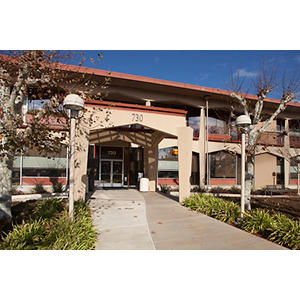
Vivek Buch, MD
Assistant Professor
Neurosurgery
Stanford Neuroscience Health Center
213 Quarry Road, 1st Floor
Palo Alto, CA 94304
Phone:
(650) 725-5792
Fax:
(650) 725-5032
Locations


Pediatric Neurosurgery
730 Welch Road, 2nd floor
Palo Alto, CA 94304
Phone : (650) 723-0991
Fax : (650) 725-5086
Conditions
Epilepsy
Epilepsy Surgery
Work and Education
Professional Education
Warren Alpert Medical School Brown University, Providence, RI, 05/26/2013
Residency
University of Pennsylvania Dept of GME, Philadelphia, PA, 06/30/2020
Fellowship
Stanford University Dept of Neurosurgery, Palo Alto, CA, 06/30/2021
University of Pennsylvania Dept of Neurology, Philadelphia, PA, 12/31/2018
Languages
English
Gujarati
Connect with us:
Download our App: